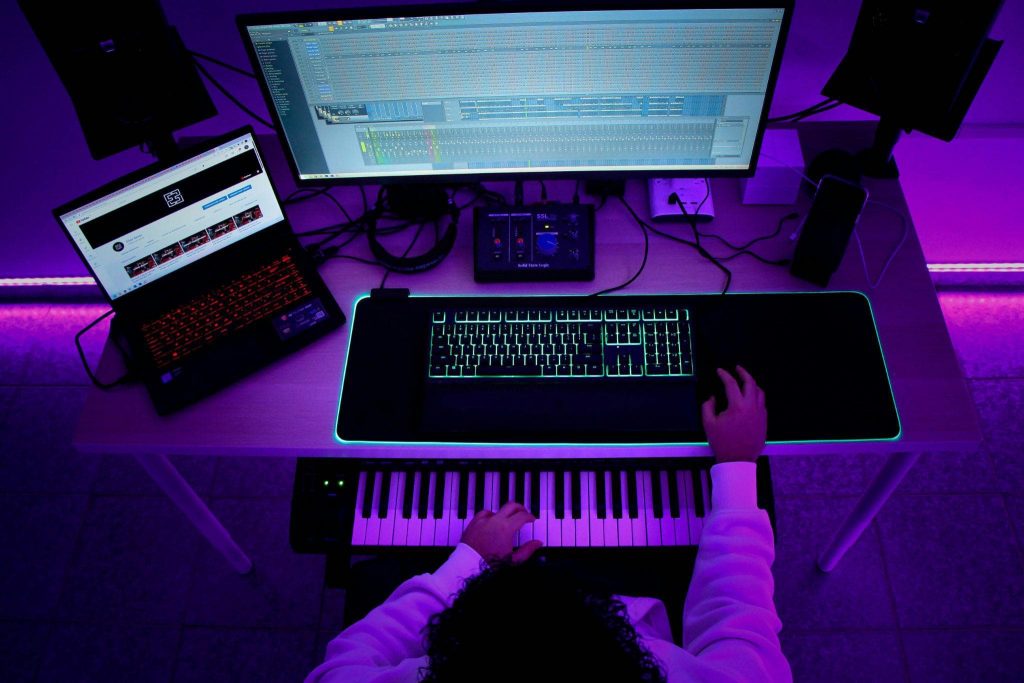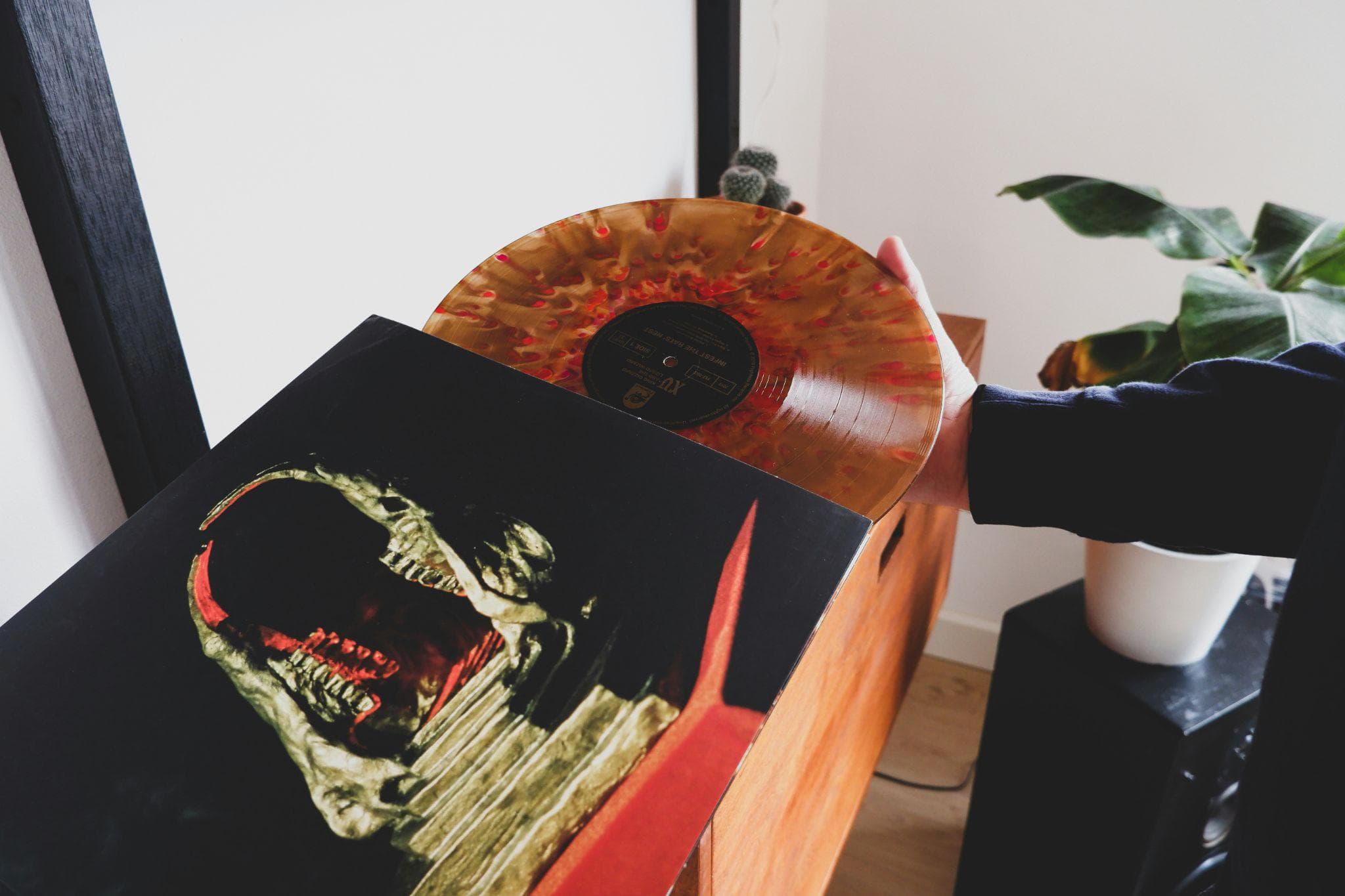If you’ve ever listened to a vinyl on a rainy afternoon, you know that tiny crackle that feels like a heartbeat. Back in the early recording days, that was the magic. Tape hiss, slightly off timing, or a guitar note bending just a bit too far. It wasn’t perfect, but it felt human. Sessions were messy since you’d rewind, try again, laugh at the mistakes, then keep the take because it had soul.
In those days, studios ruled the scene. Engineers trusted their ears more than screens. Musicians leaned into the energy in the room, and when the tape machine clicked at the end, what you had wasn’t just a song; it was something that felt lived in.
The Digital Jump and How It Cracked Open the Studio Door
Then came computers. Almost overnight, everything changed. Suddenly, you could zoom into waveforms and fix what used to be “good enough.” You could punch in, nudge a drum a few milliseconds, or stack harmonies until they sounded like a choir. For the first time, a take could be polished until it felt flawless.
Because digital technology made recording cheaper, you no longer needed a massive console or expensive gear. A laptop, a spare room, and decent headphones were enough to make music that could hold its own on the radio.
Some people said digital sounded too clean, and maybe they were right. But it also gave thousands of new artists a voice. Bedroom producers found their sound, and entire scenes grew not from high-rise studios but from small home setups where big dreams started taking shape.
Streaming, the Cloud, and Making Music for Moments
Then came streaming, and everything shifted again. Songs stopped being just files on a hard drive. They became part of playlists, moods, commutes, gym sessions, and late nights in London after a long day. You could upload a track today and land in someone’s Discover playlist tomorrow.
Collaboration exploded, too. A beat from China could find a singer in São Paulo. A sax track might come in from Paris while you’re sipping chai. The album was no longer the central focus; instead, singles gained importance, hooks became crucial, and the first ten seconds of a track carried enormous weight because listeners scrolled quickly through content.
That kind of pressure was intense, yet it also taught us to craft music for specific moments, creating small time capsules that resonate differently depending on the weather, your mood, or the state of your heart.
AI in the Studio, from Helper to Creative Spark
Now, we’ve got AI sitting quietly beside us in the studio. It can clean a noisy vocal after the neighbor’s dogs barked, suggest chords you might never think of, or create a string section when the budget says “not today.”
Like every new invention, AI is just another tool, the way drum machines once were. The beauty lies in how it pushes you out of your comfort zone. You throw it an idea, it throws five versions back, and one of them makes you raise your eyebrows.
That’s when the real magic happens because you still choose. You still feel. You still decide when the goosebumps show up. And that’s the line that still matters most.
Suno, Udio, and the New Way Songs Are Born
Today, tools like Suno and Udio are changing how songs begin. You type a vibe, a mood, a genre, and in minutes, you’ve got a verse, a chorus, even a bridge that’s surprisingly listenable.

If you use it the right way, Suno is great for quick sketches, testing out a sound you can’t quite play yet, or experimenting with a hook before you commit hours to it. Udio, on the other hand, shines when you want clean vocals and smooth harmonies that feel ready for radio.
Yes, the debate around training data and ownership is real, and it’s important. But here’s what's been noticed on practice: these tools lower the first-mile friction. They help you start. They get you past the blank page.
What happens after that, the choices, the edits, the imperfections, that’s still all you.
